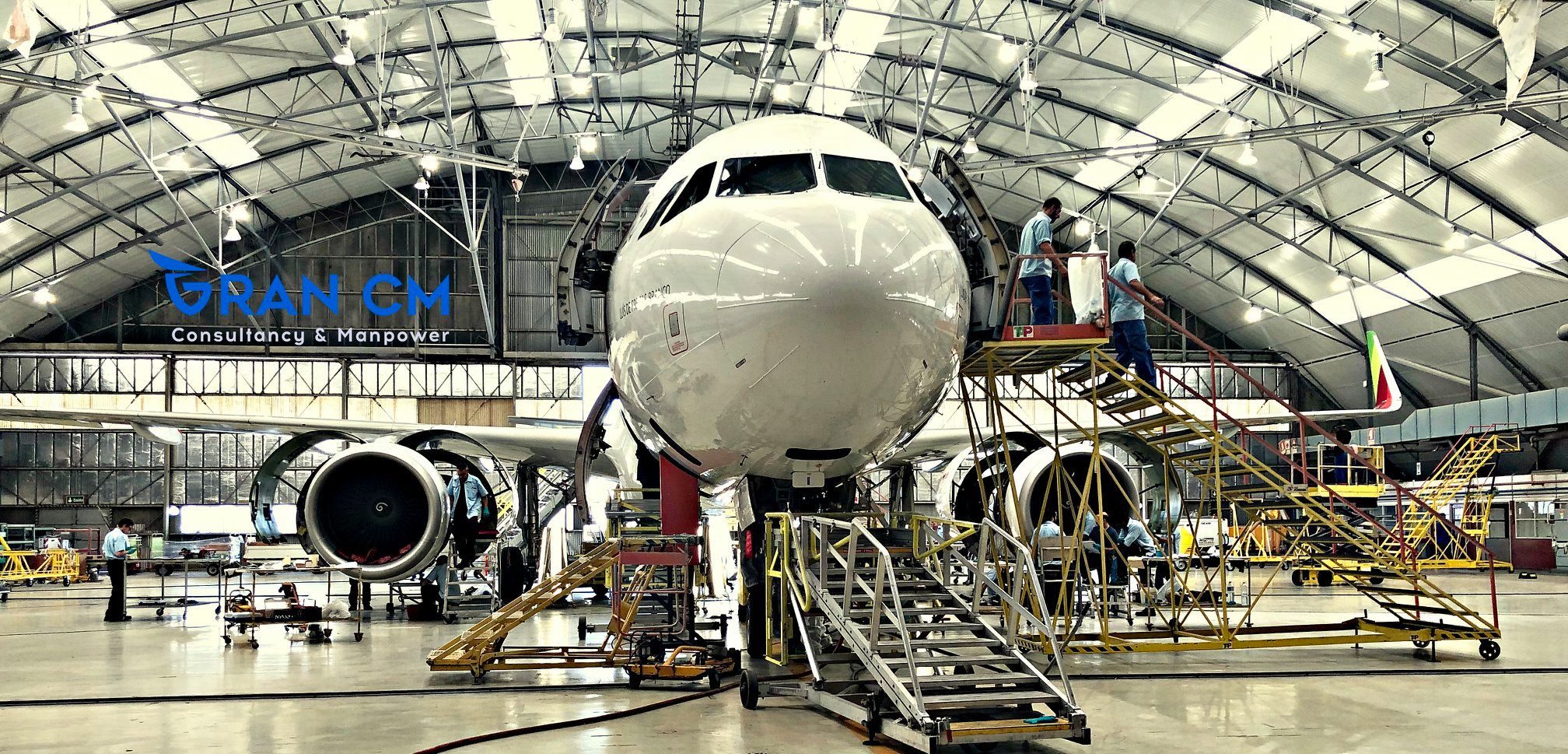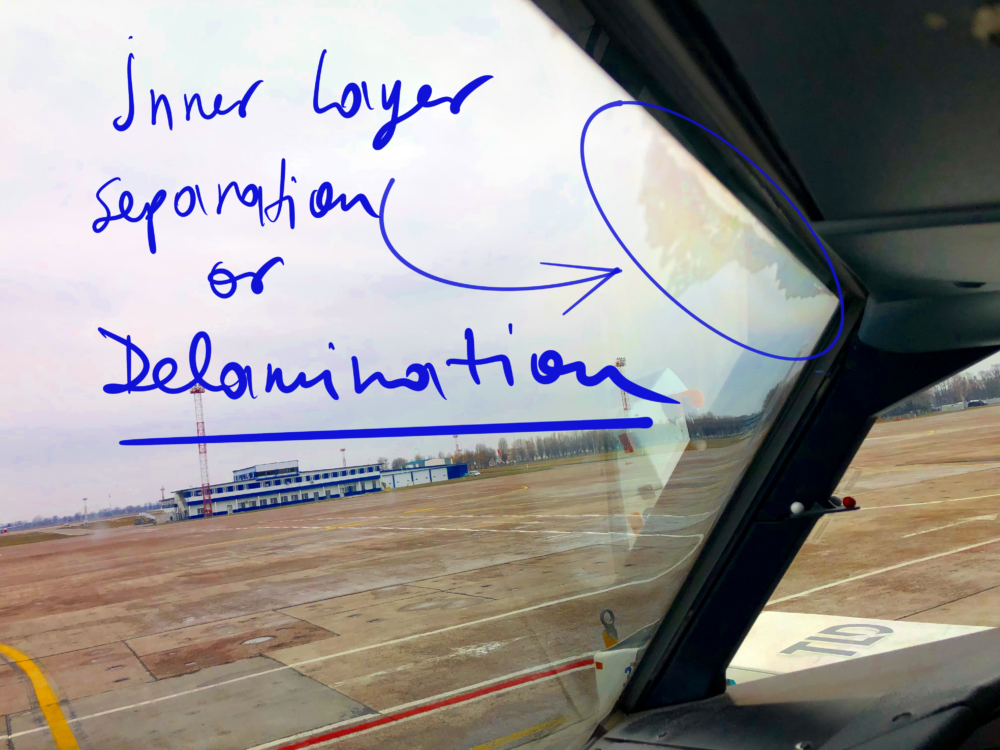Asset management, in the modern aviation landscape, is undergoing a paradigm shift with the integration of digital tools. The conversion of paper-based documents into digital formats not only streamlines processes but also significantly enhances accessibility, accuracy, and collaboration. Digitalization serves as a catalyst for efficiency by expediting data retrieval, minimizing errors, and ensuring real-time updates.
The aviation industry places paramount importance on airworthiness, and meticulous audits are conducted to ensure compliance with stringent regulations. Digitalization of documents plays a pivotal role in these audits by enabling comprehensive and efficient scrutiny of maintenance records, ensuring that aircraft meet the requisite safety standards. This not only enhances regulatory compliance but also contributes to an elevated level of safety across the aviation ecosystem.
During aircraft transitions, whether through acquisitions, leases, or disposals, meticulous asset management is indispensable. The adoption of digital technologies facilitates a smoother transition process by providing stakeholders with instantaneous access to critical documents, maintenance histories, and compliance records. This proactive approach not only minimizes downtime but also ensures regulatory adherence, ultimately contributing to enhanced operational continuity.
Effective asset management stands as a linchpin in the aviation industry, wielding substantial influence over the safety and operational efficacy of aircraft. This article delves into the transformative power of asset management, particularly with an emphasis on document digitalization and airworthiness audits. By scrutinizing these facets, we aim to unveil the potential of revolutionizing processes in aircraft transitions and Airworthiness Audits.
The convergence of asset management, digitalization, and aircraft transitions marks a transformative epoch in the aviation industry. The adoption of advanced technologies not only expedites processes but also fortifies safety measures and regulatory compliance. As aviation enterprises embrace this evolution, they stand poised to navigate transitions seamlessly, uphold airworthiness standards, and set new benchmarks for operational efficiency. Integrating digital tools within asset management is not merely a technological advancement but a strategic imperative for the future of aviation.
We are committed through this perspective on supporting cycles that are so important for aircraft owners, lessors, operators, and MROs, let us guide you through how we guide our clients throughout a purchase/lease cycle.
Pre-purchase or Pre-lease
Before embarking on the significant decision of acquiring an aircraft, it is imperative to engage an expert to conduct a thorough assessment. This expert should possess extensive experience and familiarity with the diverse requirements set forth by each vendor, as well as the regulations governing the process.
Concurrently, a structured set of folders is established in the cloud to collate images captured during the physical inspection. These folders are systematically organized, encompassing the entire aircraft from nose to tail, covering both interior and exterior aspects.
The inspection culminates in a comprehensive report that outlines the physical condition and adherence to record-keeping standards by the organization holding the asset/aircraft.
This crucial step plays a pivotal role in narrowing down the list of options and ultimately aids in the selection of the asset to be either purchased or leased.
Aircraft Transition (Receiving)
This stage is crucial and where it is a goal to have all the required documentation and physical conditions to transition from one operator to another. Here, we use the power of tailored digital tools for the incoming asset combined with other cloud services allowing the transition progress to be published (live) in a private address that can be accessed through any device.
Daily, a dedicated team conducts meticulous reviews over several weeks, ensuring that each aspect of the transition aligns with established standards and requirements. This continuous scrutiny persists until the predetermined goal is successfully attained. Subsequently, the culmination of this meticulous process allows for the initiation of an airworthiness audit by relevant authorities. This audit is a crucial step that facilitates the request for permits essential to proceed with the transition procedure, thereby ensuring a thorough and compliant handover between operators.
CAMO Support
Within the European Aviation Safety Agency (EASA) framework, the involvement of a Continuing Airworthiness Management Organization (CAMO) is imperative for certifying the airworthiness of an aircraft. With the introduction of Shadow CAMO services, a heightened level of proactivity and efficiency is achievable, paving the way for a seamless and informative transition.
Shadow CAMO services go beyond conventional support, aiming to enhance not only the certification process but also the overall progress of the transition. By leveraging these services, operators can navigate the complexities with increased confidence, ensuring that each step of the journey is not only smooth but also characterized by comprehensive and real-time information.
Aircraft Transition (Delivery)
During this critical phase, meticulous attention is directed towards aligning with the specific requirements outlined by the incoming operator, as delineated in the contractual terms of the purchase or lease agreement between both parties. Simultaneously, adherence to the regulations set forth by the airworthiness authorities governing the intended operational airspace is paramount.
The delivery process is orchestrated by a dedicated team well-versed in the intricacies of both the technical documentation and the specifications of the aircraft model.
Subscribe:
Attention aviation enthusiasts! Soar to new heights with our blog, where we share the latest updates, insights, and stories from the fascinating world of aviation. By subscribing to our notifications, you’ll never miss a post—whether it’s breaking news, detailed analyses of cutting-edge aircraft, or captivating tales from the skies. Join our community of passionate aviators and stay informed, inspired, and engaged with the ever-evolving wonders of flight. Subscribe now and keep your love for aviation flying high!



